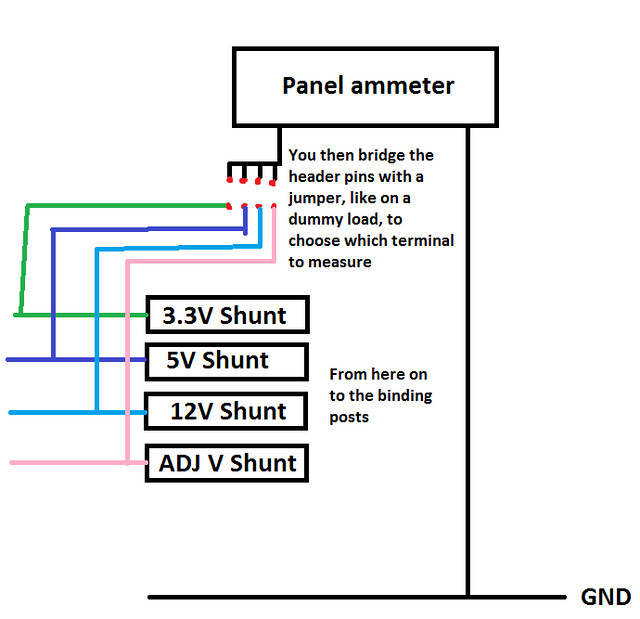LaZeRz
0
- Joined
- Feb 19, 2011
- Messages
- 2,549
- Points
- 63
Re: Question about PC PS
Its possible but not worth it in my opinion, project box would be much easier to work with.
Also, I wouldn't recommend using a linear regulator if you're going to be using a low voltage. Lot of heat. When I hooked up a supercap (2.7v) to it, in about 10 minutes the whole heatsink was way too hot to touch.
I'd build a separate circuit on the 5v line if you need it for low voltage applications.
I've also read that the 3.3V rail and the 5V rail also shares a common power output, does this mean if I load either the 12V, 5V or 3.3V rail, all of them will be loaded properly?
@Lazerz Looks great, do you think there is a possibility that I would be able to fit all the regulating circuitry inside the PSU's box?
Its possible but not worth it in my opinion, project box would be much easier to work with.
Also, I wouldn't recommend using a linear regulator if you're going to be using a low voltage. Lot of heat. When I hooked up a supercap (2.7v) to it, in about 10 minutes the whole heatsink was way too hot to touch.
I'd build a separate circuit on the 5v line if you need it for low voltage applications.







